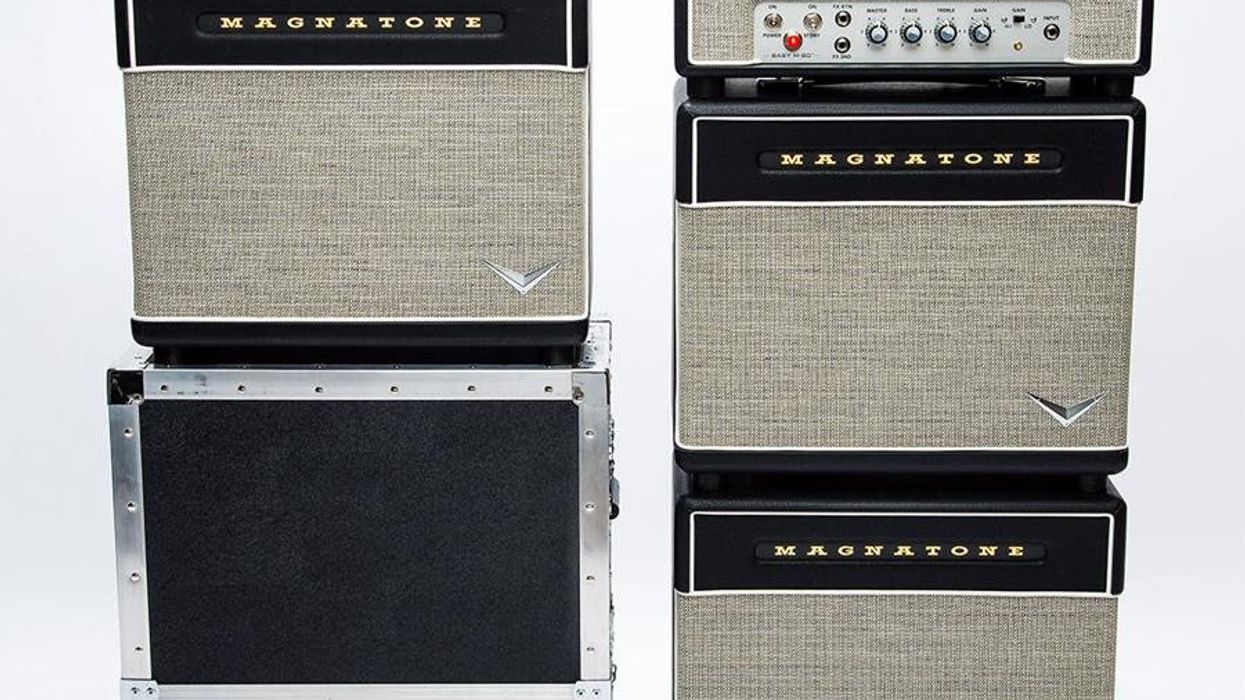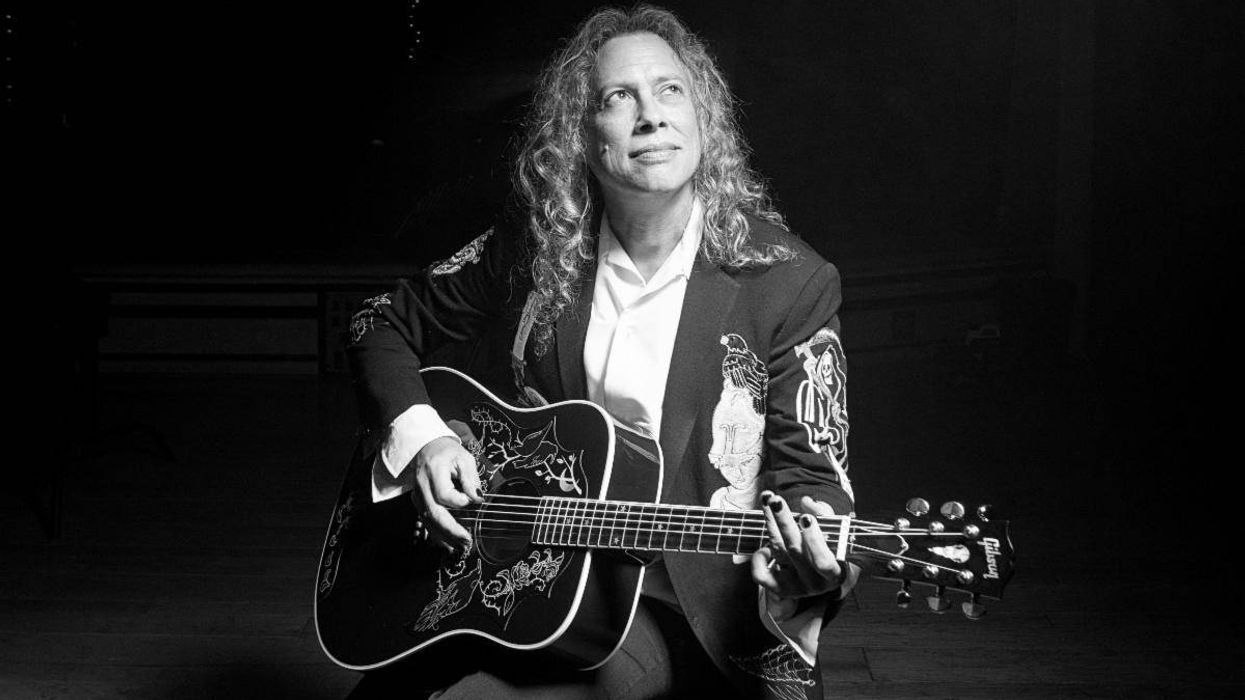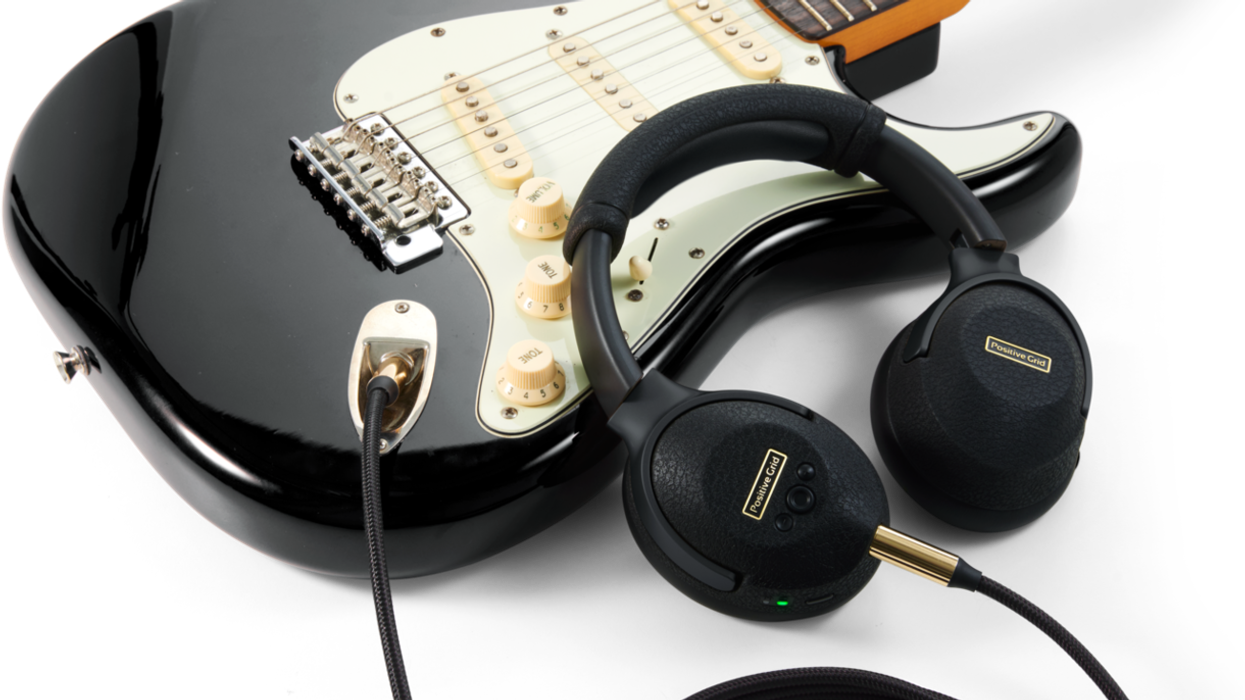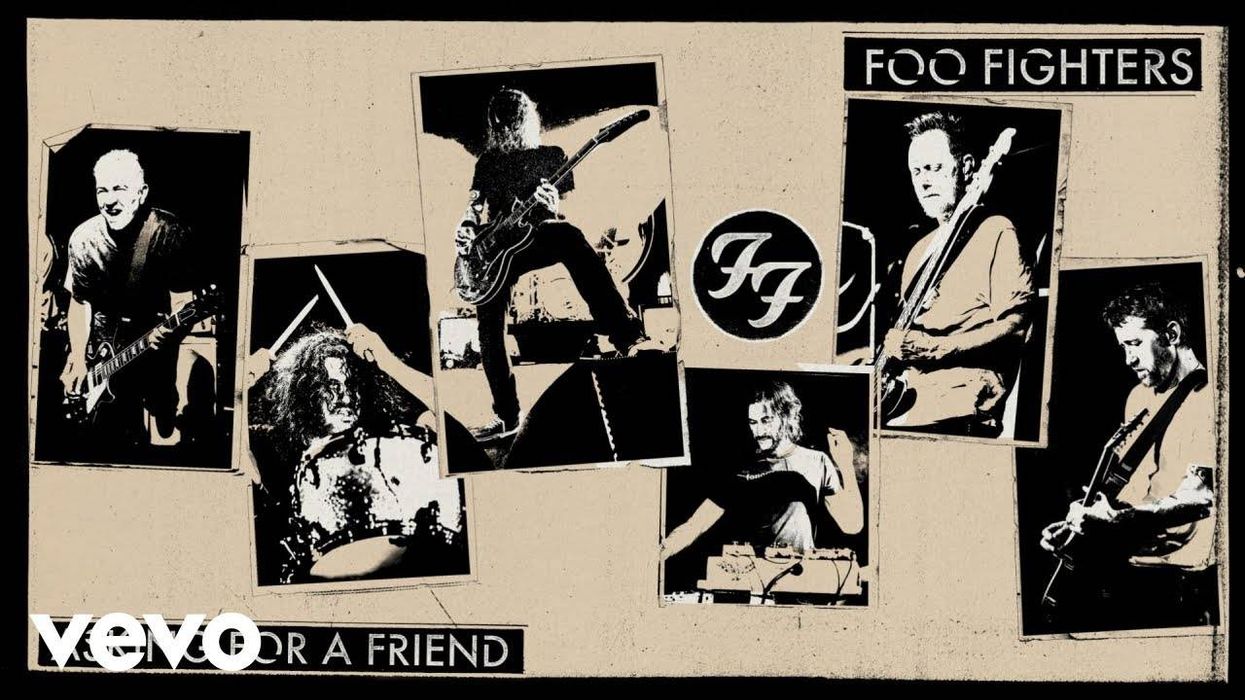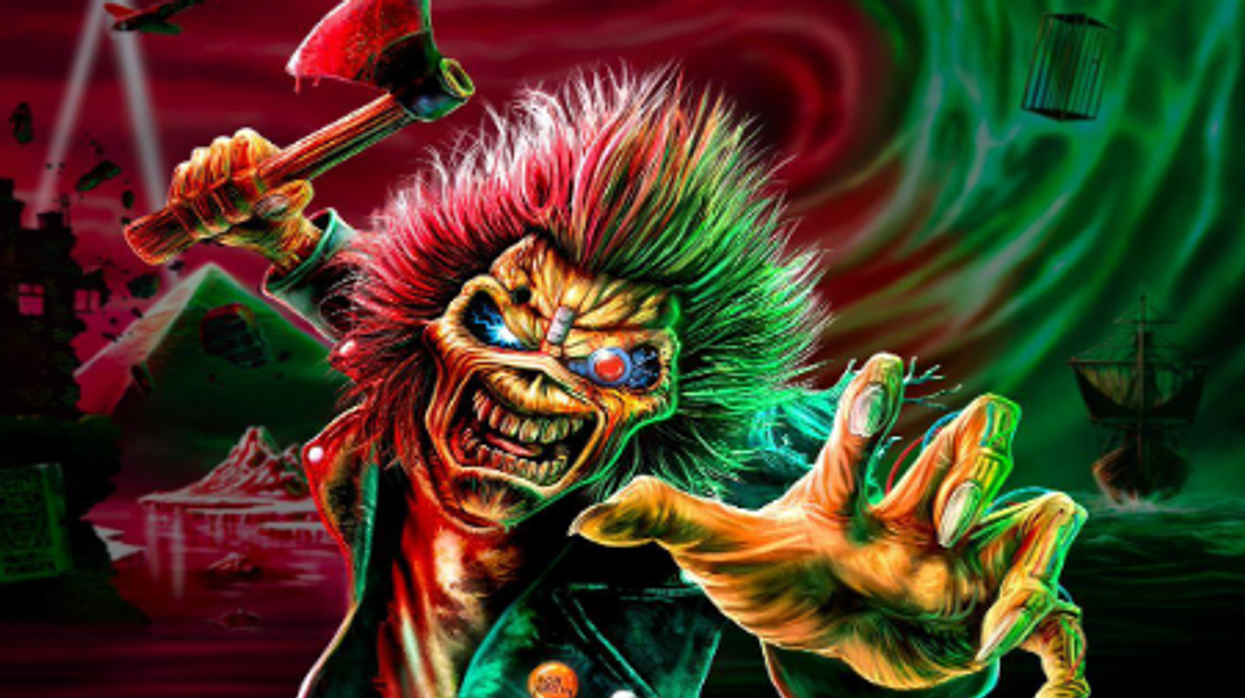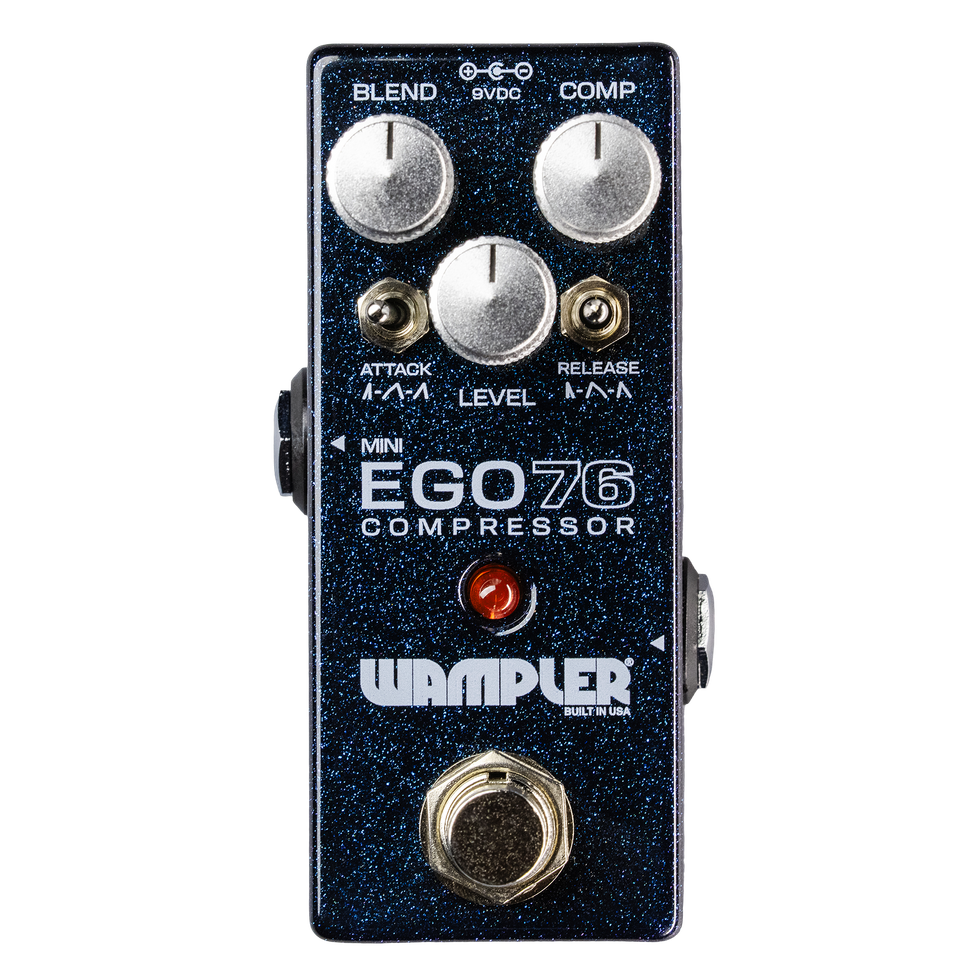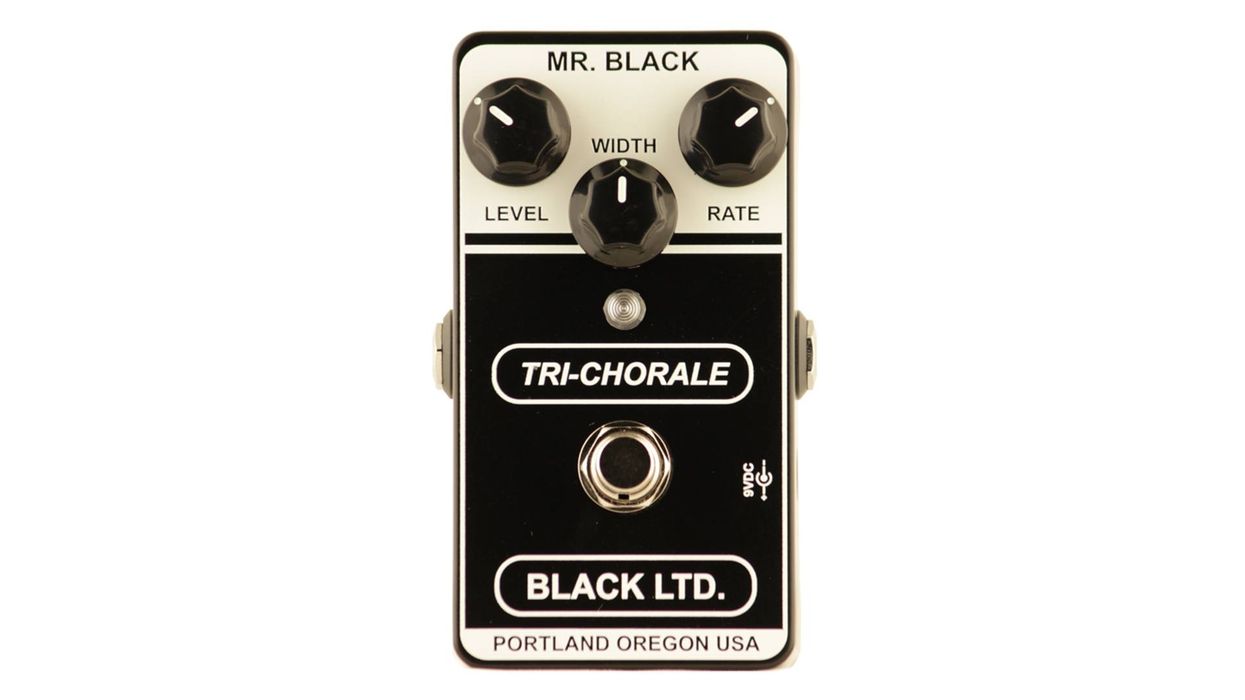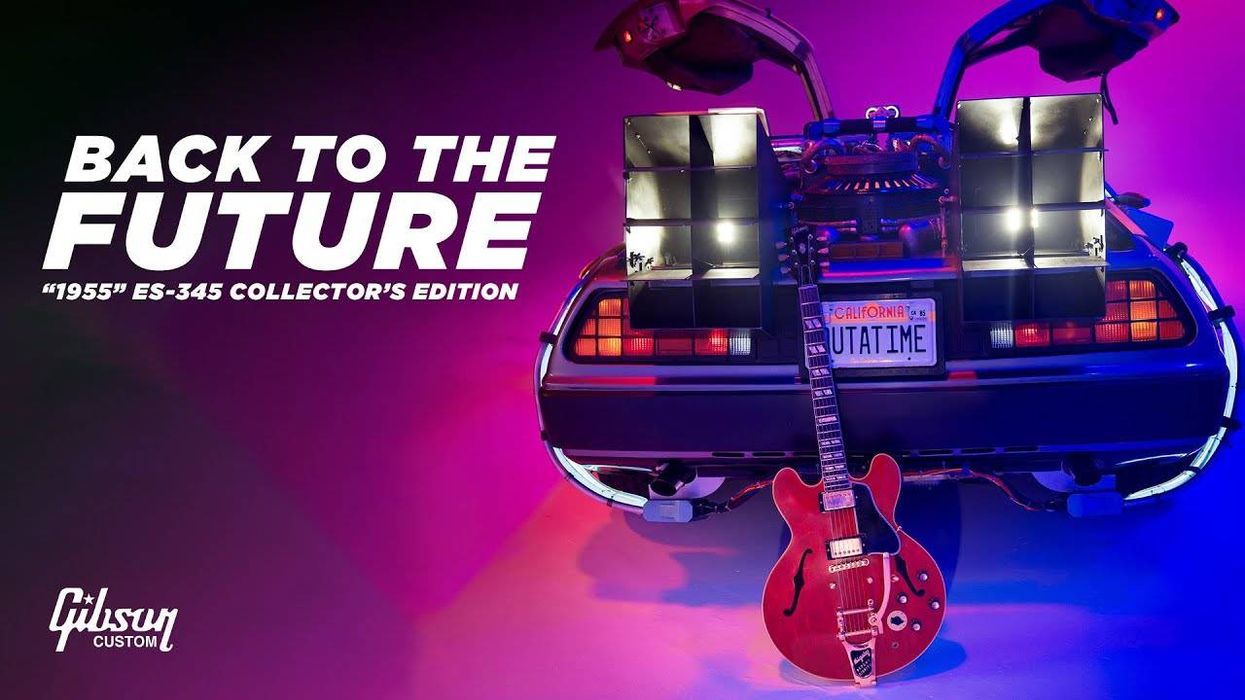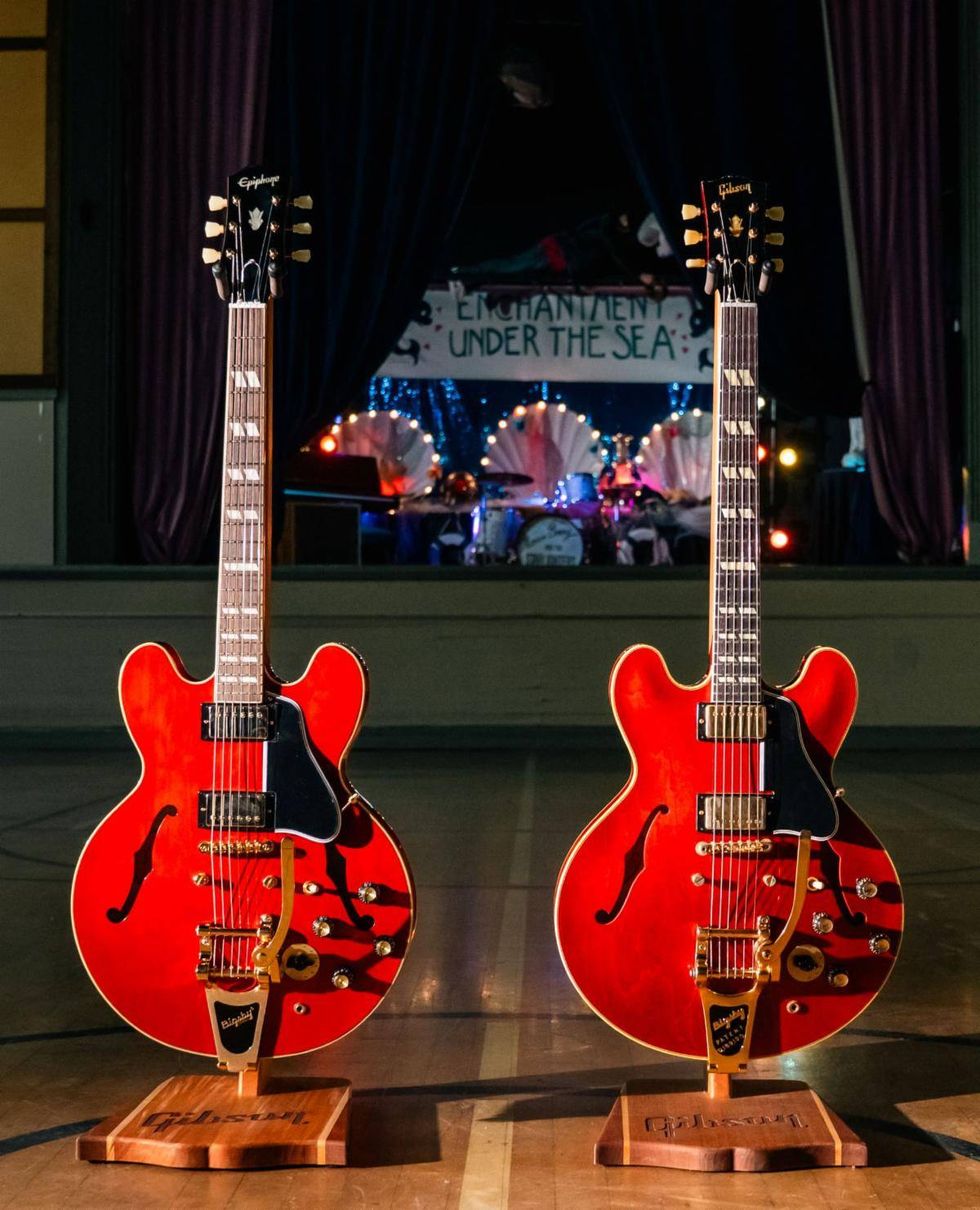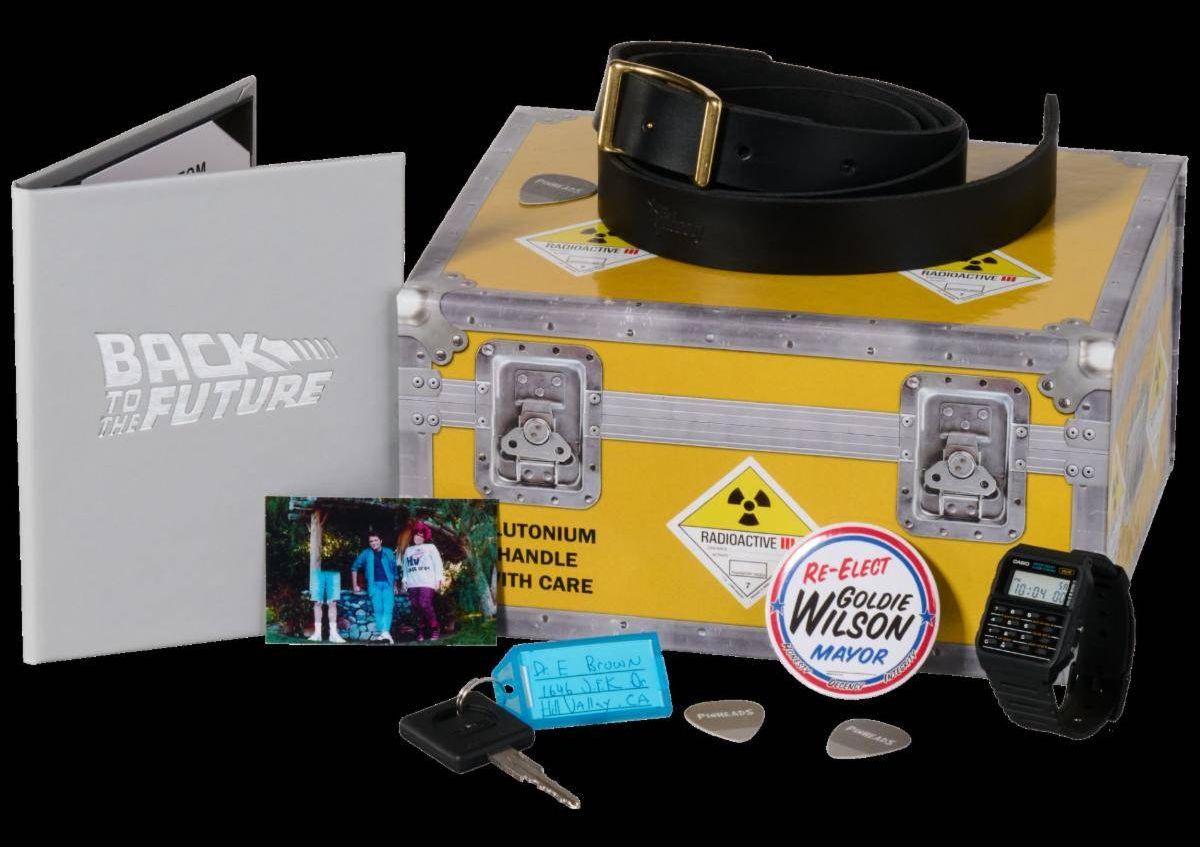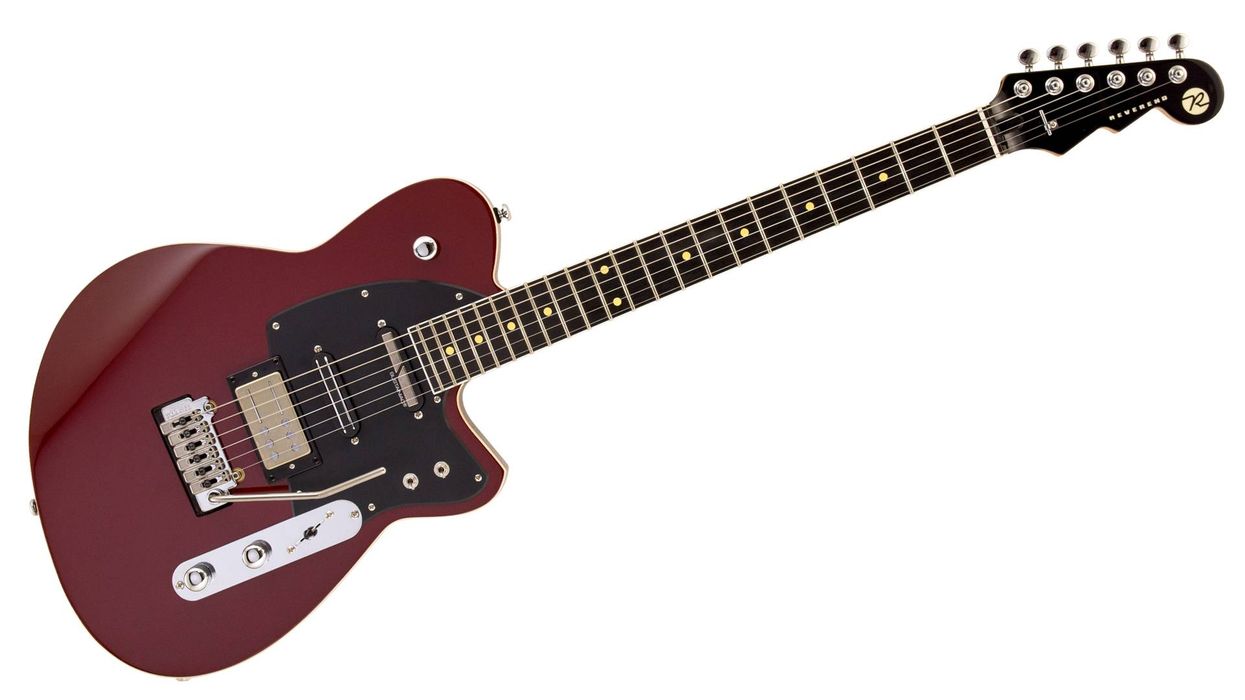Magnatone's newest and most compact guitar amplifier in their Master Collection.
The Baby M-80 is designed to be the perfect companion for a bedroom studio and is "unbelievably versatile at a small gig." It is available as a 1x10" combo, 12-watt head, and matching 1x10" extension speaker cabinet loaded with a custom Warehouse Guitar Speaker 10" ceramic magnet speaker.
Billy Gibbons worked with Magnatone to perfect this amp's small size and gain structure. In keeping with Billy's directive to "retain the gain or feel the pain," this little gem of an amp delivers a big tone in a compact size.
The Baby M-80 is powered by a pair of vintage "New Old Stock" (NOS) 6AQ5 tubes that deliver 12 watts of power despite their small size. Turn it up, and the power from the miniature 6AQ5/6005 is very satisfying!
The pre-amp has three 12AX7 tubes that offer Hi gain and Lo gain modes selectable via the front panel switch. The Lo gain mode covers a natural and medium breakup tone needed for rhythm. The Hi gain mode delivers a lead tone that screams.
A tube-buffered FX loop has been added to the front panel for convenience, which your pedalboard will love as this amp is definitely pedal-friendly.
The control panel on the Baby M-80 makes it easy to dial in tone with a simple Bass and Treble tone stack. Long-time Magnatone engineer and tube amp guru Obeid Kahn designed this model with a unique trick and recommends, "Just simply max the Bass control knob, and you'll cut the Mids." Khan explains that the final 8-10 o’clock range on the Bass knob forces the Mids to dip, achieving a scooped tone for aggressive modern textures gradually. There are a wide range of adjustments possible with only two controls.
The Baby M-80 is priced at $1,999 for a 1x10" combo, $1,899 for a head, and $1,149 for a 1x10" speaker cabinet (MSRP/MAP).
With first shipments scheduled for January 2024, the Baby M-80 is available for pre-order right now.
For more information, visit magnatoneusa.com.
